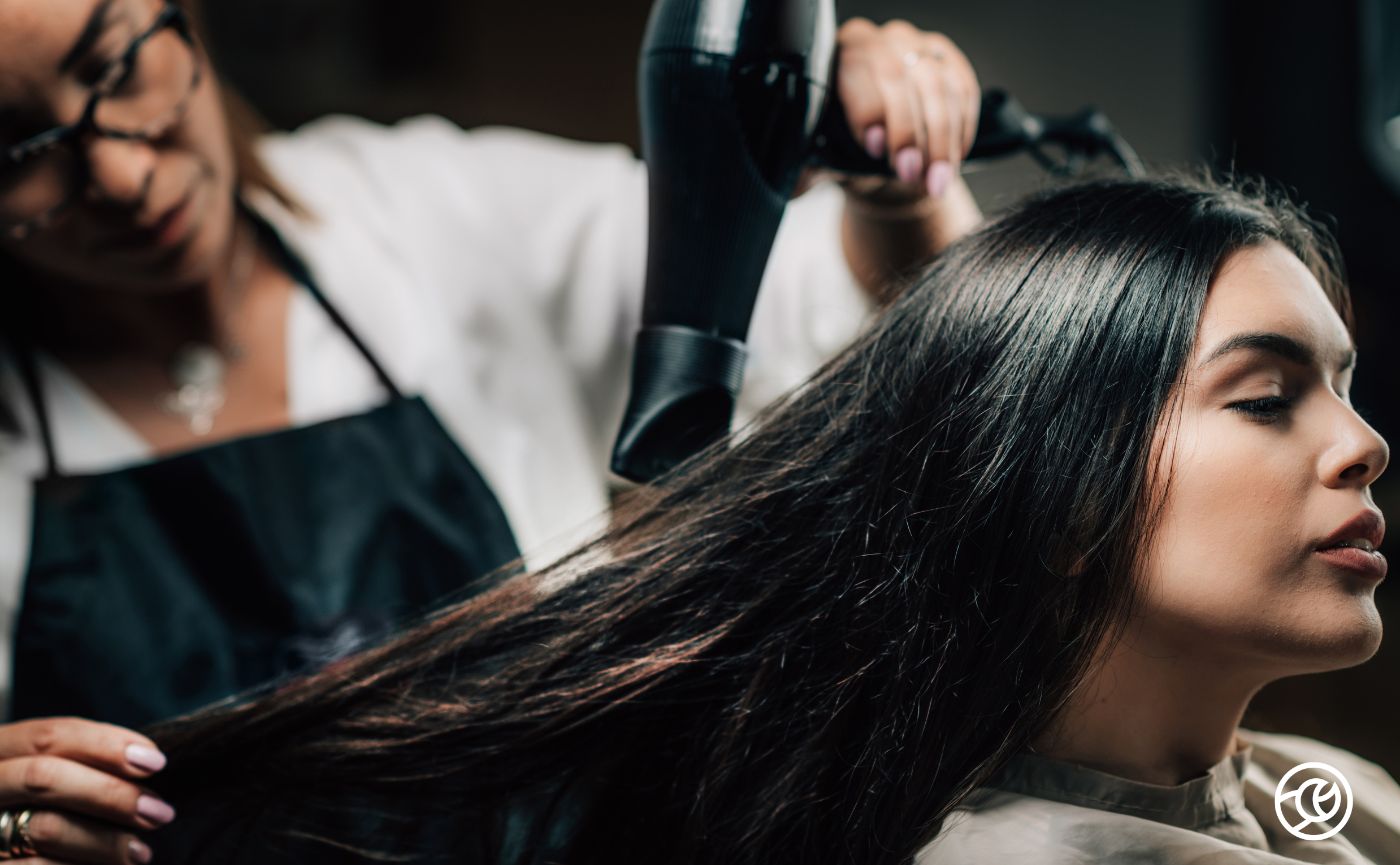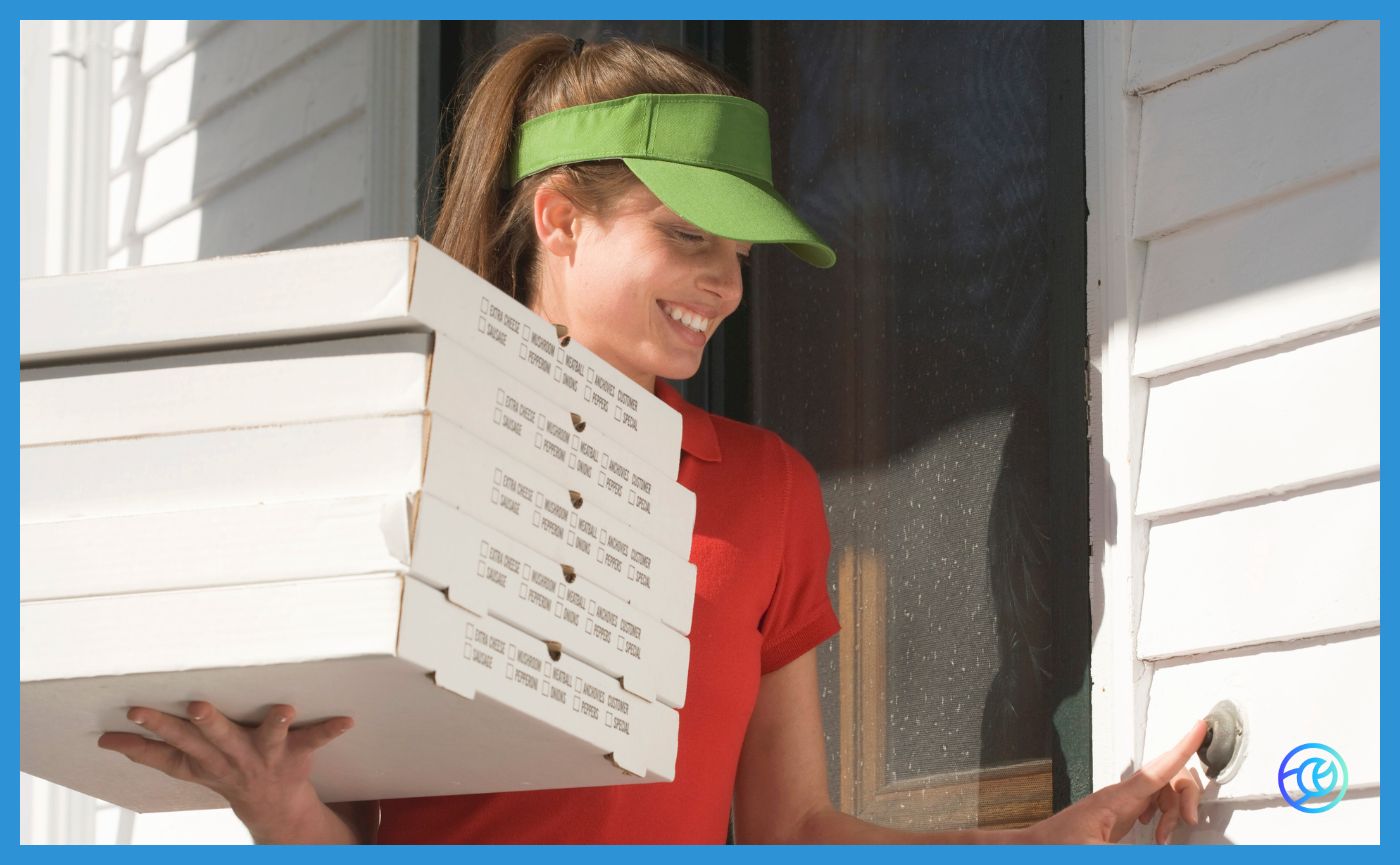Capitalize on the Coffee Industry’s Hot Streak with Facebook, Instagram, TikTok, and Amazon Ads
The coffee industry is extra hot this year, with a surge in visits and mobile orders. According to a recent study by Placer.ai, coffee chains saw a 5.1% YoY increase in visits in early 2024. Major players like Starbucks and Dunkin’ are expanding their footprints to meet growing demand without diluting existing store performance.
Return-to-office trends have bolstered morning foot traffic, a potential boon for cafes located near business hubs. This shift has prompted increased use of ordering apps, with studies demonstrating more than 70% of coffee orders are placed on mobile devices. Additionally, loyalty programs have become essential for coffee shops aiming to effectively cater to evolving consumer habits and preferences.
Leveraging Local Advertising for Coffee Franchises
Franchise marketers in the coffee industry can capitalize on this momentum by strategically leveraging platforms such as Facebook, Instagram, TikTok, and Amazon Sponsored Display. Utilizing these platforms effectively enables the coffee industry to drive app downloads, increase orders and visits, and cultivate customer loyalty through targeted messaging and engaging content tailored to each platform’s distinct audience.
Platform-Specific Strategies for Coffee Franchise Marketing
Facebook: Precision Targeting for Local Coffee Audiences
Facebook’s vast audience spans across various age groups, making it an ideal platform for reaching every demographic. Its advanced targeting features enable coffee franchisees to connect effectively with local audiences, showing high intent. By understanding local demographics and psychographics, franchises can tailor their advertising efforts precisely. Coffee chains have thrived by catering to specific customer segments, such as office-goers and suburban families. Utilizing radius, zip code, and city targeting helps focus on specific service areas, and Facebook’s minimum budget of $1 per day makes advertising accessible for most local businesses. Implementing dayparting based on the location’s high-traffic times of day can further enhance performance and effectiveness.
Instagram & TikTok: Engaging Coffee Audiences with Vertical Video
Vertical video content dominates on both Instagram and TikTok, and these platforms are ideal for promoting new menu items, unique drink personalizations, and store amenities. Reels on Instagram and Facebook offer broad demographic reach with quick, impactful ads, though music usage is limited to original or licensed tracks. TikTok, appealing to a younger crowd, provides flexible video lengths for varied storytelling and boasts a vast music library. Both platforms offer valuable analytics, guiding franchisees to optimize their ad strategies. By empowering your franchisees with local advertising technology, you help them overcome the challenges of creating short-form videos and enable them to take advantage of the power of vertical video advertising.
While Reels targeting parameters are the same as Facebook’s (see above), it should be noted that TikTok parameters differ in several meaningful ways. First, TikTok does not allow for radius targeting, but rather focuses a level up to zip code, DMA, or city. Second, TikTok’s minimum budget requirements are higher at $50 per day; however, these spending requirements are lower than in years past and will continue to decrease as more and more advertisers leverage the tool and publish ads.
Amazon Sponsored Display: Reaching Coffee Consumers with Purchase Data
Amazon Sponsored Display is a powerful new tool for targeting proprietary audiences based on purchase and viewing behaviors in the Amazon ecosystem. Tiger Pistol’s collaboration with Amazon Ads introduces Sponsored Display Ads to a broad range of businesses, including those not selling directly on Amazon. Amazon assembles high-intent audiences from its vast data, allowing education franchisees to reach potential customers efficiently. Creative execution is a cinch, and Amazon Sponsored Display requires no minimum daily budget.
Brewing Success with Targeted Local Advertising
By strategically using platforms like Facebook, Instagram, TikTok, and Amazon Sponsored Display, franchises can boost visibility, drive app downloads and visits, and foster customer loyalty through targeted, engaging content. This proactive approach not only adapts to evolving consumer behaviors but also positions coffee franchises for sustained growth in a competitive market landscape.
Ready to see how Tiger Pistol can supercharge your coffee brand's local advertising strategy?
Related Posts
How Beauty Franchises Can Maximize Ad Spend and Outperform the Competition
As beauty franchise brands seek to make every marketing dollar count, local social advertising is proving to be a game-changer. The latest traffic campaign benchmarks from H1 2024 reveal just how powerful this strategy can be when paired with the right platform. Tiger Pistol, the premier local advertising platform, is delivering results that are more […]
What Pizza Franchises Are Learning About Local Advertising, and Why It Matters
Beneath the surface of the national marketing machine lies a quiet shift in strategy, one driven not by broad campaigns but by precision. For pizza franchises, the numbers are clear: localized social advertising is producing returns once thought reserved for national budgets. Over the past six months, data from campaigns run through Tiger Pistol’s platfor
Franchisee Engagement: Empowering Franchisees to Thrive in Local Marketing
Franchisees are highly skilled at managing their businesses, but many find themselves struggling when it comes to marketing. According to the IFA report, 57% of franchisees are single-unit owners, many of whom lack the time and digital marketing expertise necessary to run effective local advertising campaigns. These business owners are focused on operations,





